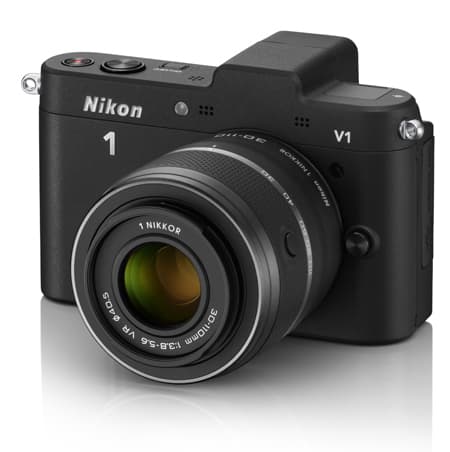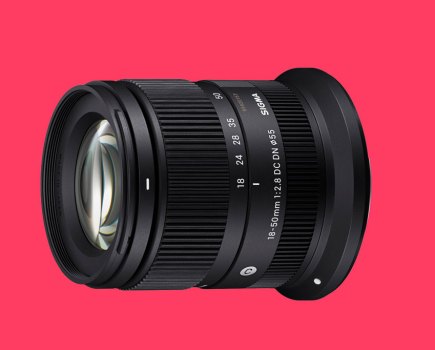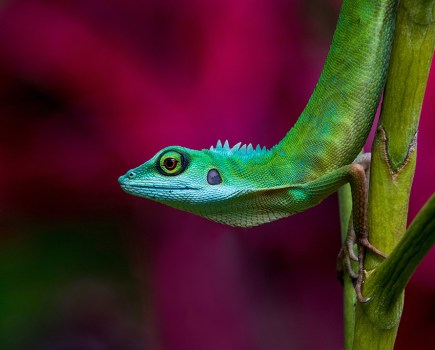At the press conference in central London on 21st September 2011, Nikon was keen to state that its new camera system was not following in the footsteps of previous mirrorless or CSC cameras, and that it has been designed from the ground up. ?This is a new category? claim Nikon?s product manager, Simon Iddon, labelling the Nikon 1 an Advanced Camera Interchangeable Lens (A-CIL), though in all respects it is both mirrorless and a Compact System Camera.

I was able to get my hands on early samples of the new models and had a chance to explore the different modes and features. For me, the greatest interest around these cameras is in the sensor and processing. This new CX format sensor is 13.2×8.8mm in size, which equates to roughly a 1in sensor, giving a 2.7x focal length conversion to 35mm. It has a modest 10.1MP resolution but is paired with a new EXPEED 3 processor, capable of processing 600million pixels per second or 60 x 10MP images, thus allowing an impressive 60fps using the electronic shutter option. Both phase detection and contrast detection options are available within the focal plane which, Nikon claim, has allowed the fastest auto focus in the world.
The use of video is very much intertwined with still capture on the Nikon 1, as the motion snapshot demonstrates. This gives a one second slow-motion video clip and a still image when the shutter is pressed to ?capture the moment?. The Smart Photo Selector mode uses the high speed capture along with the pre-post capture abilities capturing a burst of 20 shots from just before to just after you take the shot and then filtering down to the best 5 for your selection. Though manual shooting is possible it does feel slightly marginalised, as the choice of Program, Aperture priority, shutter priority or manual must be made from the main menu rather than the shooting dial. Manual focusing is performed using the rear dials, as with a compact rather than any form of lens ring adjustment, though this appears to work pretty well, using one control to zoom in and another to focus.
The two versions of the Nikon 1 cater for different levels of user. The entry level J1 comes in a consumer friendly range of colours, with a built-in flash and a 460k dot LCD screen. The claims for this to be the smallest interchangeable lens camera on the market include the desperate caveat ?with image sensors larger than 1in? ruling out the smaller Pentax Q.
The V1 is the model that will undoubtedly have greater interest for photographers and videographers alike with its electronic viewfinder, mic input, accessory port and 920k dot screen, despite the £280 premium in cost. The Electronic viewfinder (EVF) is a 1.44millon dot LCD with dipotre control, similar to those seen on the Panasonic G-series models, and gives a nice clear view. The body has a magnesium alloy construction and feels solid in the hand and size-wise it is almost identical to the new P7100 Coolpix model ? just 5mm thinner depth and 3mm less width. This is also comparable with the Olympus E-P3 and Sony?s forthcoming NEX-7, which also features a built-in EVF. In fact, according to manufacturers specifications, though the Sony NEX-7 is slightly wider it has a smaller overall volume than the Nikon 1-V1.
The Nikon 1 launches with a full range of lenses and accessories, as any good system should, with more displayed in concept form for a hint of what is still to come. A 10mm pancake lens and 10-30mm zoom make up the standard lenses, while a longer 30-110mm and a 10-100mm video lens provide telephoto options. Current Nikon users will also be able to use F mount lenses via the new FT-1 adapter, which provides autofocus for AF-S and AF-I lenses.
There have been many different takes on this interchangeable lens / mirrorless concept and the Nikon 1 certainly has its benefits. Initial impressions are good and I look forward to testing the camera?s apparent speed and image quality in more detail when test samples are available.
See the full Nikon 1 news story here
Nikon: We do not fear a Canon CSC







